Posts Tagged ‘Wet flies’
{{start}}
For wet flies its best to either find the fish on a sounder or have an educated guess where the fish are and then to dredge the fly through that zone at various speeds – locking into the speed and depth that works. In my experience if your not hooking up to structure occasionally your not in the hunt.
{{end}}
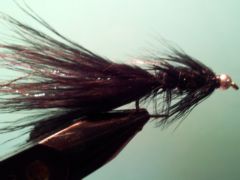
{{+1}}BH woolly bugger{{-1}}
{{start}}
I tie brown, black and olive versions of my bead head woolly buggers for my bugger fly box but its worth keeping in mind that whilst standard combinations like silver bead and wire on a black bugger or a brass beads on an olive or brown bugger work well this fly is a great fly to tie in a few different colour combinations. In any case I like to fish my bead head buggers on the point generally on intermediate to type 5 lines and to muck round with retrieve rates until I find the one working on the day.{{end}}
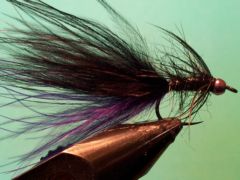
{{+1}}BH Tassi bugger{{-1}}
{{start}}
I have used it and this bead head version many times since to great effect. Like most woolly buggers it is often best when fished with short sharp twitching movements in order to make the marabou and hackle ‘work’ but its worth experimenting with a range of retrieves from dead drift through to “roly poly” to see what's working on the day.{{end}}
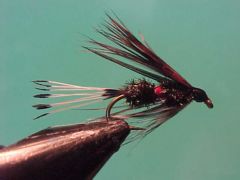
{{+1}}Royal coachman wet – Chatto’s version{{-1}}
{{start}}
One of the first wet flies tied was the coachman and that consisted of just a black body and a a set of white hackle slip wings. Over time flies have evolved and one path the coachman took was the substitution of a "royal" body for the simple black body. Many versions have been tied since and this one works for me.{{end}}

{{+1}}Yabby /crayfish{{-1}}
{{start}}
This is my latest addition to the genre and it's more of a polaroiding fly than a stripping fly. I like to use it to ambush sighted fish by casting well in front of patrolling fish and generally a little closer to shore and then let the fly sink and lie doggo.{{end}}
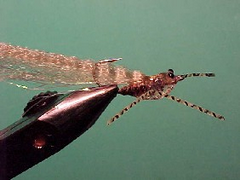
{{+1}}Mud prawn – small 5cm to 6cm long{{-1}}
{{start}}
The mud prawn is my first choice of fly for general prospecting in estuary waters or for targeting, whiting, flathead and bream. In water of only a meter or so fish it on an intermediate line. In deeper water I prefer to fish it on a sinking line. The best retrieve is a jerky but slow retrieve leaving plenty of time between strips for he fly to settle back on the bottom. used in this way it's a good representation of a prawn fleeing from its sandy retreat after being disturbed.{{end}}
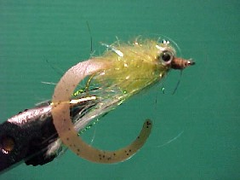
{{+1}}Chatto’s estuary fly{{-1}}
{{start}}
This fly has now accounted for bream, flathead, whiting, trevally, mullet, tailor, flounder, bass and trout. I expect it will be attractive to many other species also. Native fresh water Bass are a favourite of mine and if I could only carry one type of sinking fly to target then with the Black Estuary/Bass fly would be it.{{end}}
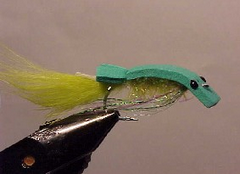
{{+1}}Wiggle minnow{{-1}}
{{start}}
By varying the materials used, the colours and size I have accounted for trout, bream, flathead, mangrove jack and even barramundi on wiggle minnows. The recipe I have set out below is just one version of this very adaptable fly and I would encourage you to individualize the fly to your own requirements.{{end}}
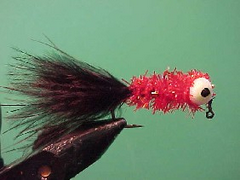
{{+1}}Booby{{-1}}
{{start}}
One of the best search flies in slow moving or still deeper water using a sinking line. If fishing from a fixed position cast it out, let the line sink to the desired depth, and then retrieve the line using a constant stripping motion, a pumping retrieve or a combination of both. The stripping speed should be varied.{{end}}
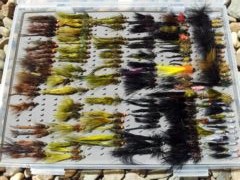
{{+1}}My “trout” fly boxes{{-1}}
{{start}}
The number of fly boxes you carry is obviously one of personal choice. One difficulty you may encounter when you are setting up your fly boxes is which flies you should include, and how many flies you should carry in your fly box or boxes. The last thing you want to be doing is standing on the bank of a river madly pulling flies out to find a fly you know is there . . .somewhere, but it isn't where you expected to find it or you fly box or boxes are so crowded with flies that the one you are desperately looking for is hidden away . . . somewhere.{{end}}













